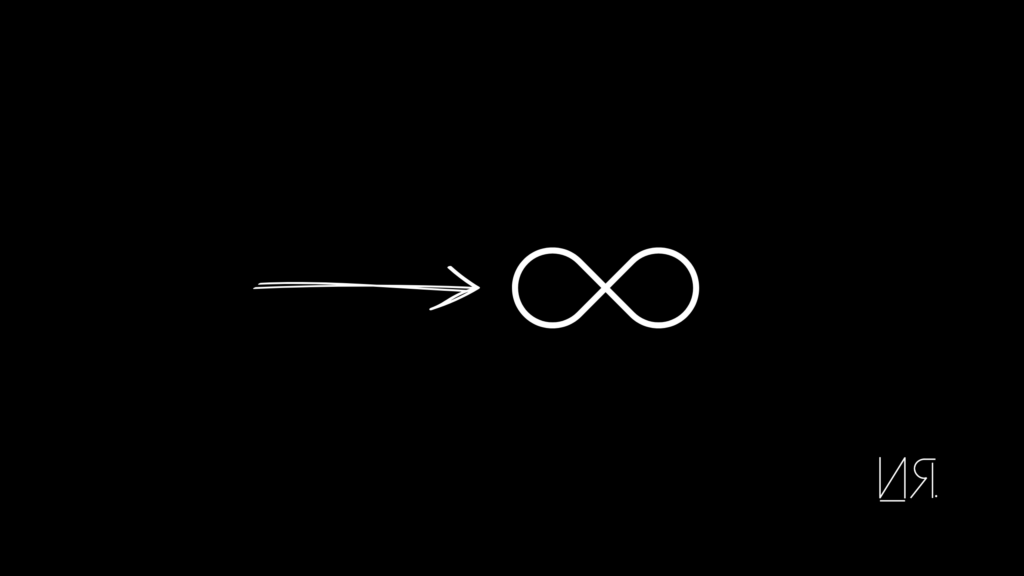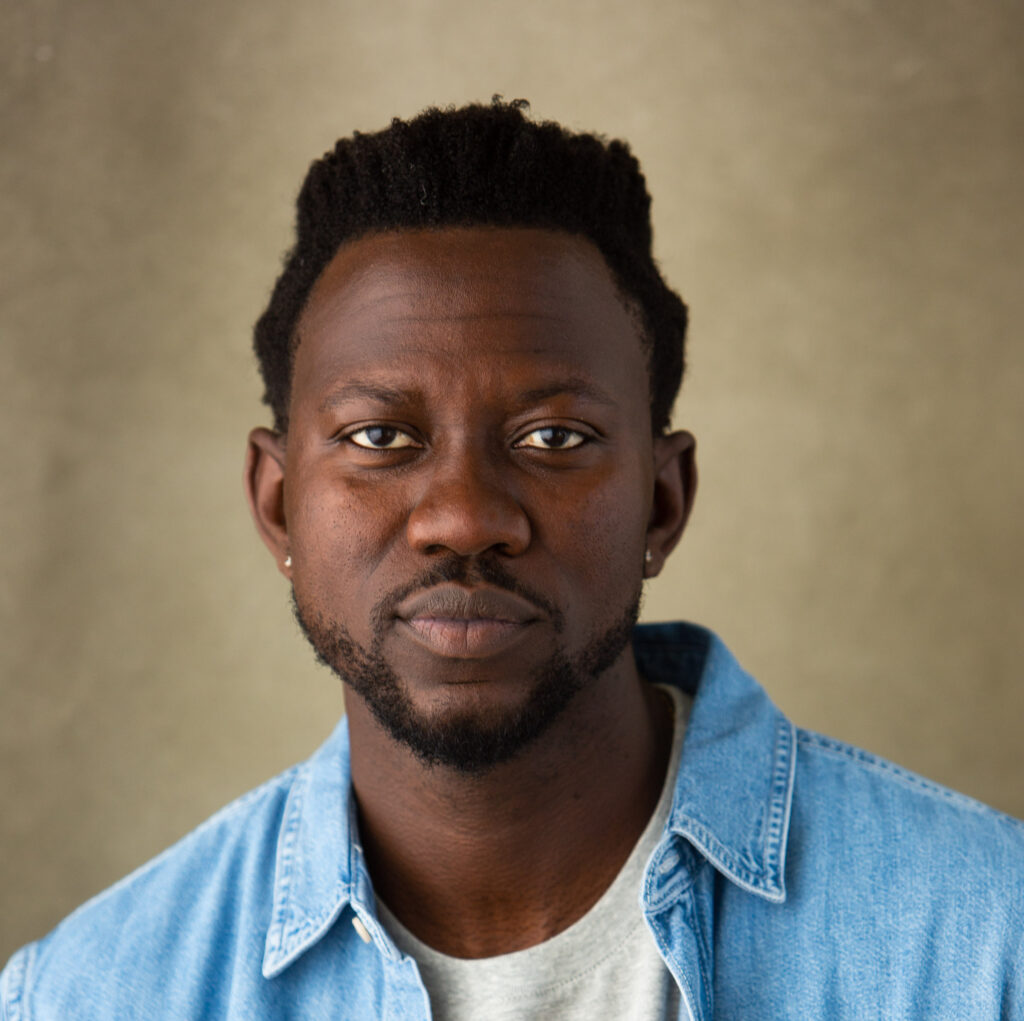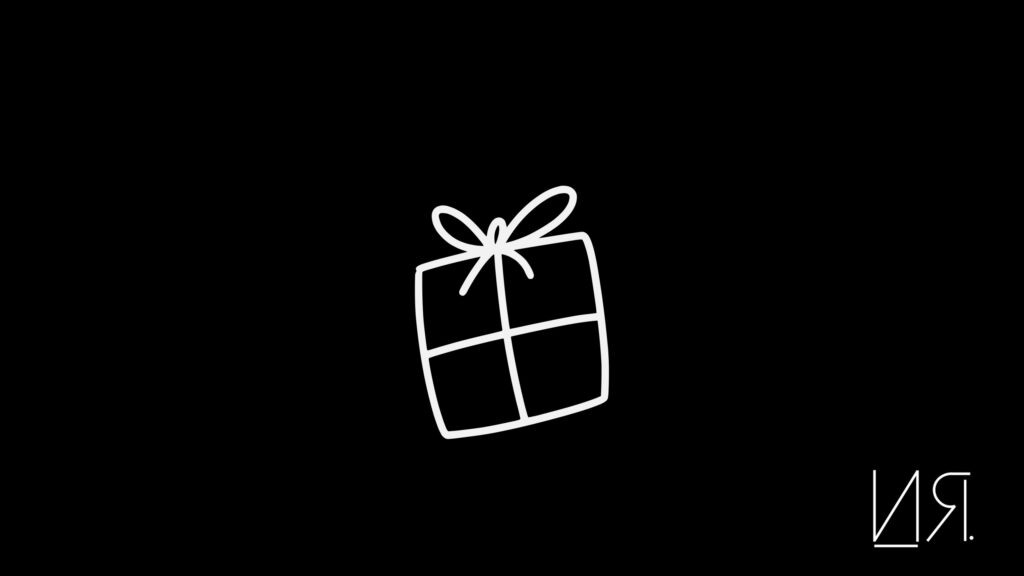When I applied for my US student visa in 2003, I waited patiently at the US embassy in Lagos.
A few people before me had been rejected.
I saw them shoving a grown man out as he yelled “you will respect me in my country.”
Then I stepped up for my interview.
I had all my docs in a row. Financial statements. School admission letters. Education certificates. Family records.
My mom had arranged it all in a clear plastic folder.
The interviewer went through the basic questions:
“Where are you going?”
“What will you do after graduation?”
I answered each question with a supporting document that I slid under the protective glass between me and the middle-aged American interviewer. Then he asked a question that I didn’t expect.
Interviewer: “So what do you want to study?”
Me: “mechanical engineering”
Interviewer: “why?”
Me: “hmmm, because I’m good at math and physics”
Interviewer: “oh you like physics, huhn?” He shuffled his papers. “So what is a second class lever?”
Me: (oh shit….is this about to be an exam)
With unfettered fake confidence, I responded: “a second class lever is when the load is between the fulcrum and the effort”
I wasn’t sure if I got it right, but I got that student visa that got me to Chicago.
What I thought was just a physics question about leverage, I didn’t know 20 years later, I’d still be thinking about leverage.
Not in physics nor a hostile embassy, but just in life.
Residual Results
Let’s talk about the double R. I ain’t talking about Ruff Ryders, I’m talking about residual results.
Here is the problem, a lot of us keep trading all our time for results.
Everytime we expect an output, we give inputs. There are two types of results – linear and residual.
Linear has a one-to-one relationship with effort.
If you put in one hour of work, you get results. If you stop working you get zero results.
You feel trapped by time.
Enslaved by the clock.
Life – ticking away.
Let’s flip the page to the other type of results – residual.
It’s the type of result that keeps compounding after you are done with your effort. A lot of times, they have an exponential relationship with the time you put into it.
When a speaker gets compensated for sharing her expertise, she makes linear income.
When that speaker puts her knowledge in a book or course, she makes residual income.
The reality is:
You can get results that keep giving – with ease.
You can drastically drop your effort and keep getting results with a good amount of leverage.
5 Ways to Build For Effortless Results
From my experience, writing a book is a high-leverage activity.
You write it once and you get rewarded over and over again for the capsule of knowledge you’ve created or curated.
You can apply this concept to any part of your life. What can you do today that will give results in perpetuity?
It’s a mindset that has to be trained. Once it is set up, the results are effortless. However, it does require some upfront setup to get you there – a practice of approaching life differently.
Once you approach life this way, you will start building a life that allows you to scale your results.
You’ll do something once and it will keep rewarding you.
Here are five ways to build residual results:
1. Learn
Learn the principles and read the masters to get to your goals with ease.
I learned a note-taking method this year in a class that I paid for. Every year, I set aside some budget for learning something new.
It’s usually business or recently (writing related).
I learned a method that allows me to write a lot faster – it’s a note-taking principle that I have used to write most of these letters this year. (Shoutout to letter #20)
Learning a method can lead to linear results. Learning a fundamental principle can lead to residual results.
Principles are like the roots and trunk of knowledge.
Once you know them, you can choose one of many different methods to proceed with. When you only have methods, it’s like having leaves with nothing to hang on.
Prioritize learning about principles, it will help you become effortless – leveraging the best of what people know.
Read their books.
Utilize their knowledge.
Combine it in a unique way to develop your own unique knowledge.
Become an active learner.
When reading books, choose books that have stood the test of time, read them, and then distill your knowledge for 10 minutes.
This allows you to convert information to understanding, and understanding to knowledge.
Build out your own unique knowledge tree. This is a high-leverage activity that takes dedication and effort.
But the upfront investment pays off in residuals.
“Reading a book is among the most high-leverage activities on earth”
~ Greg McKeown, Author of Effortless
Become an active learner and choose deliberate consumption as the foundation to residual results.
2. Teach
When you learn to teach, you are ultimately teaching yourself how to learn.
How many times have you gone down a certain path to work?
You do it everyday.
You don’t even think about it.
You know exactly how to maneuver.
Then one day, someone asks you to describe that path to them and in a haze you scramble “ermmm…..I should know this. I do this every time.”
Teaching is a way to really understand what you have learned and it is a sure way to drive impact.
One time-tested way to teach your audience something is using stories.
Stories bind the past to the present.
You want to learn something well, try teaching it.
Imagine you had to teach everything you learned, you will be a lot more active in your learning.
You will pay more attention to understanding concepts. When you learn to teach, you are ultimately teaching yourself how to learn.
Then you pass that knowledge on to someone else, who then goes to do the same – multiplying your impact.
When you want someone to learn something, teach them how to “learn to teach.” Do this by distilling the message to the most simple form that is easily repeatable.
“There is no better way to teach than through the power of stories. Indeed, the right story can live on for millennials. Just think of Aesop’s fables.”
~ Effortless
Teach something you know to learn it deeply. Sharing your knowledge multiplies your impact.
3. Automate
Automation is your friend.
Processes, checklists, and automation have helped a lot.
That’s how I started my career – as a process optimizer. I took those same learnings and applied it to my life.
Whenever I have the chance, I’ll create a checklist for my writing, an SOP for my business, and automate my email sequence to people that opt-in for my lead magnets.
It has allowed me to do more with less.
Any repeatable act that requires your memory can be automated to make it more effortless.
According to research, if the brain was a DVR, it has enough space to store up to 3 million hours of footage but the ram that calls these memories up on demand do so in a much limited fashion.
When we rely solely on our memory, we are bound to make mistakes.
One way to reduce these mistakes is to automate our process. As simple as it sounds, one of the best tools for automation is a checklist.
A checklist makes sure you repeat the same process the exact same way over and over again.
When you have the opportunity, figure out what in your life can be automated.
Be cautious because not all automation is good.
For instance, when you do recurring payments for a subscription, if you forget about it, you could be charged continuously for something you don’t use much.
Don’t shy away from automation. Set up systems and processes that reduce the burdens of repeatable tasks.
4. Trust
Trust will get you there faster and for longer.
While I was at a conference in business school, I heard this phrase and it stuck with me ever since: “business moves at the speed of trust.”
This was very important as I finished business school to head back to Nigeria to start my business.
Most people say business in Africa is tough.
One of the reasons for this is the low-level of trust and shaky institutions that don’t enforce laws.
My biggest task as an advisor is to bridge this trust gap as quickly and enjoyable as possible. Through the years, I learned the importance of face-to-face meetings.
Business developers will travel across continents for 30-minute meetings just to bridge this gap and ease the road to partnerships.
This is not unique to Africa. The residual results of this “trust on-ramping” is significant.
Developing a high-trust agreement is a one-time effort that pays residual dividends over time.
In a relationship between two people, there are three parties involved:
- person A,
- person B, and
- the trust structure that governs their relationship.
A clear goal is achievable with ease when working with a team that has a high-trust structure.
Each member is empowered. There’s no need for micromanaging. The opposite happens in a low trust structure.
When you want to get into a partnership – whether hiring, onboarding a client, or brokering a deal, use the “three I rule”.
Do your prospective partners have:
- integrity
- intelligence
- initiative
If the first ‘I’ is not covered though, forget the other two.
Trust is a way to build residual results with a group of capable and competent people. Build trust with other people to leverage the power of the collective.
5. Prevent
Prevention is a major time management technique.
I’m one of those “zero-inbox” type of people. Once emails pile up, I get anxious.
When I see certain emails, I mark them “unread” to come back to later. If I don’t get back to it that day, the odds of me doing it in the future dwindles drastically.
When I eventually get to it, I realize I could have responded to that email in less than 30 seconds.
30 seconds, that’s it.
Investing those 30 seconds would have saved me hours of unresolved anxiety.
Prevention is one of the easiest ways to get residual results.
By taking a small 2-minute action now, you can avoid issues and mistakes that cumulatively take up a lot of your time.
The reality is that most of us don’t want to spend time taking that action.
Inertia works against us.
A lot of us are hacking at the branches of a problem just to get over it now instead of striking at the roots.
To get over this, ask these three questions:
- What problem keeps irritating me regularly?
- What is the total cost of managing it over several years?
- What is the next step I can take over the next few minutes, to move towards solving it immediately?
Preventing mistakes that can arise down the line is a great way to stop the domino effects that eat up your time and effort.
“Don’t just manage the problem. Solve it before it happens”
~ Effortless
Prevention is better than cure.
Get ahead of a problem to make sure it does not eat up your time.
Final Thoughts
You don’t have to keep repeating and repeating and repeating to get the same results.
Choose the effortless route and build for residuals.
Start by leveraging the knowledge and experience of others. Don’t try to do everything from scratch. Learn the principles that will get you to your goals quicker.
Teach what you have learned, it will increase your impact.
Automate processes that make repeatable tasks seamless and easy to get to.
Build trust with people because if you want to go far, you have to go together. Lastly, prevention is your friend. Use it to deal with problems before they arise.
Start building effortless and residual results into your life design.



